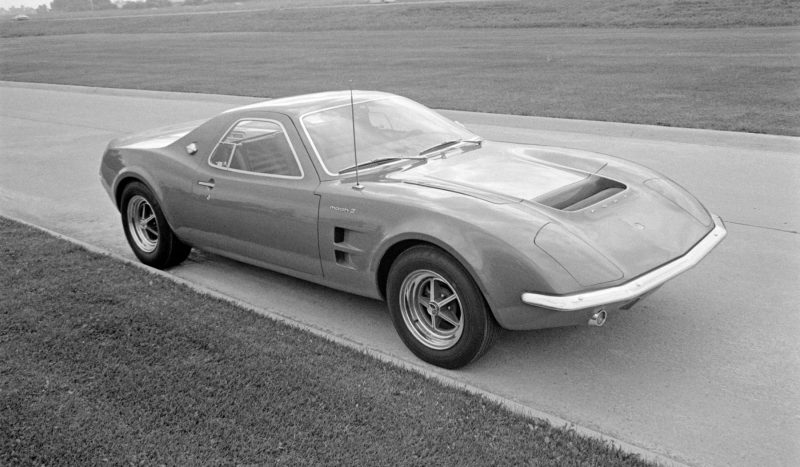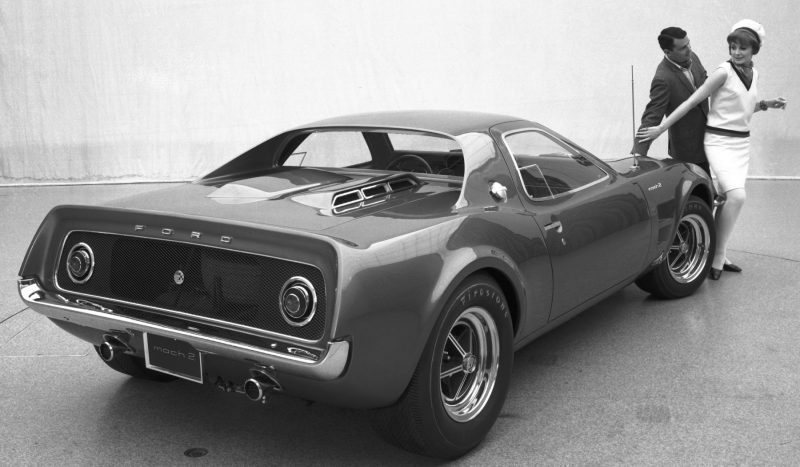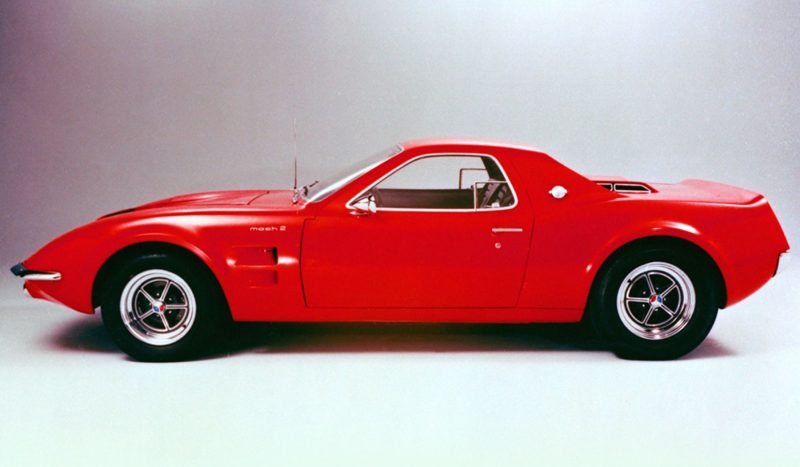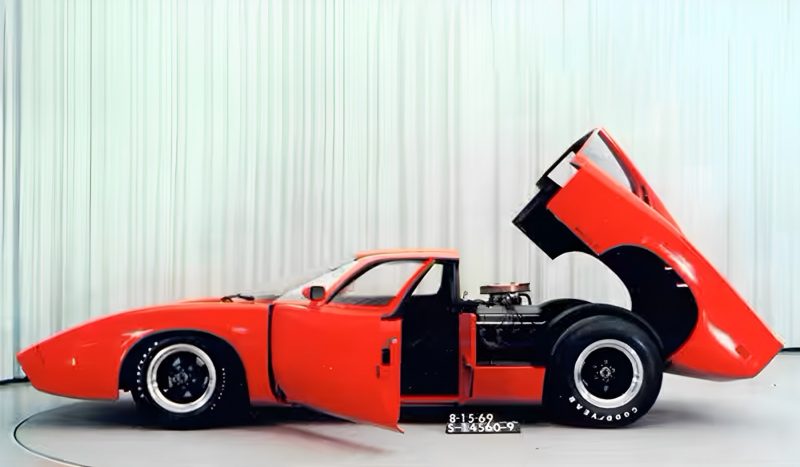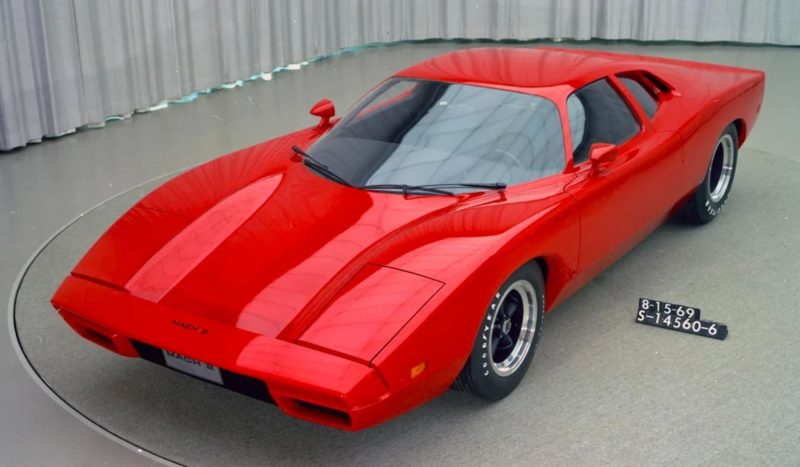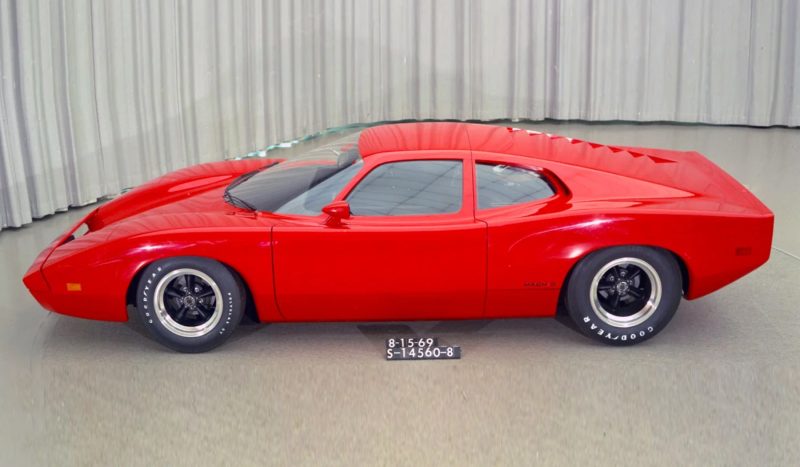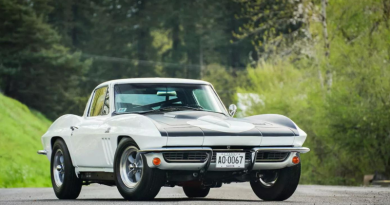Mustang Mach 2: know the history
Find out below the history of the Mustang Mach 2 that was first introduced to the public in 1964. Check out more details below!
O mustang The Mach 2 was officially unveiled to the public on April 17, 1964, at the New York World's Fair, the Mustang was an instant success that spawned the exciting pony car segment and became an automotive icon.
Although six generations have been produced since the Mustang Mach 2 debuted (with a seventh due in 2024), the first remains the most popular to this day.
In an age where we have 'obscenely powerful Stangs like the 1,300hp Code Red GT500 roaming the streets.
The first generation Mustang Mach 2, which lasted from the fall of 1964 to 1973, was the most diverse in terms of overall improvements and available options, but it was also the most diverse when it came to concept cars.
From the mid-engined roadster that etched its nameplate into the minds of the public years before the production version was unveiled, to the two-seat Shorty, the Bertone-designed 2+2 or the spectacular Milano, the first generation delivered more fascinating concepts than ever before. than any other Mustang generation.
Possibly the most intriguing but long-forgotten series of concepts based on a first-generation chassis was the Mach 2, which completely abandoned the successful front-engined/RWD recipe and took aim at the sports car segment with an all-new design. central engine inspired by the GT40.
It all starts in the spring of 1966, about two years after the official debut of the Mustang Mach 2.
Emboldened by the model's success, Ford decided to continue exploring the platform's potential beyond the compact car segment.
If you liked our content, follow our social networks at Instagram and Facebook
So the corporation's Advanced Concepts Department was tasked with starting a program that would research the feasibility of a somewhat affordable two-seater sports car that borrowed existing technology as well as design cues from the widely popular mustang.
The goal was to create a product that would convince sports car enthusiasts not to buy a Chevrolet Corvette.
To do this, the design and engineering team was instructed to develop a road car that didn't just look and perform better.
But it should also have the potential to be converted into a racing car that complies with FIA Group 3 and SCCA A-Production regulations.

